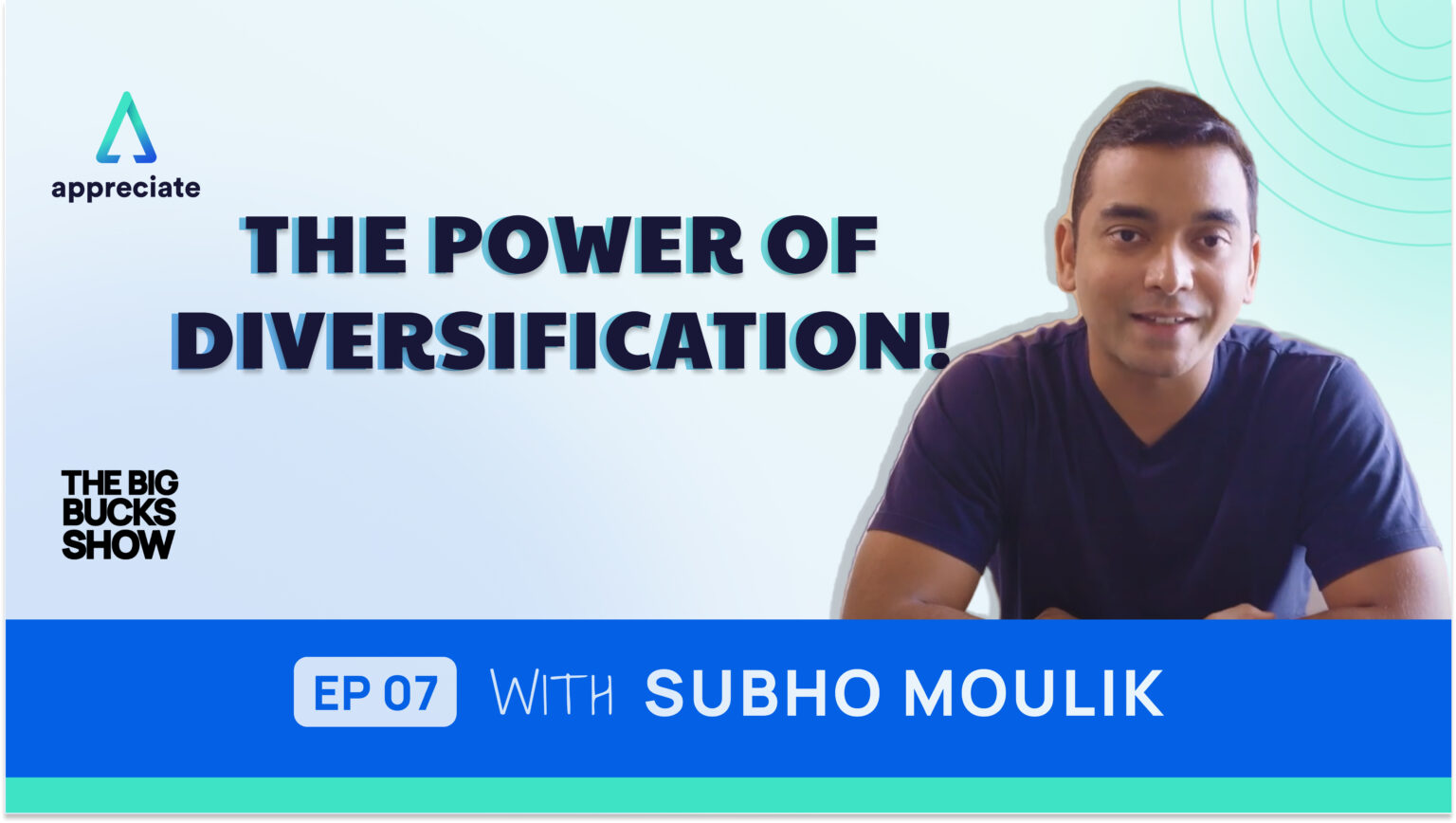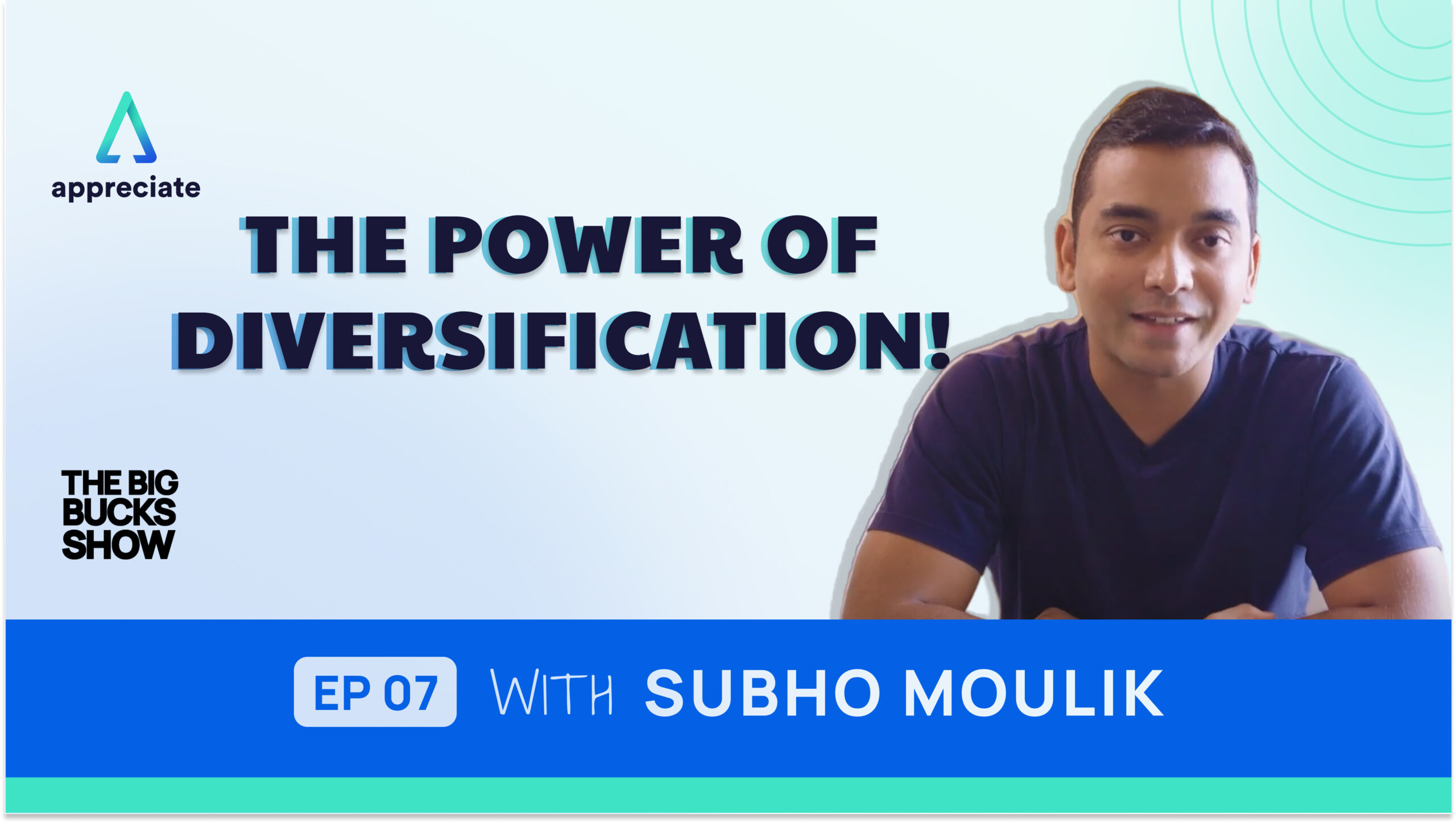The inclination to diversify is inherent to human beings. Think about it. Do you only stick to one workout routine for months? Or hang out with only one friend for years? Even when it comes to things like entertainment, you probably don’t restrict yourself to picking only one thing between watching films, listening to music, or reading books forever. Diversification is second nature to humans because it allows us to make the most of the benefits offered by the variety life has to offer.
When diversification comes so naturally to you in most aspects of your life, a question to ask yourself is – does my investment portfolio reflect that too? There are several asset classes out there – stocks, gold, real estate, fixed-income securities, etc. – and while most investors may swear by one particular asset class when investing owing to how it turned out for them, it’s not prudent to invest 100% of your money in a single class. If you’re wondering why, let’s consider Nikki and Aniketh, cousins who received Rs 20 lakh each as an inheritance from their grandfather in late 2010.
They both were smart enough to invest the entire amount instead of spending it in passing fancies. However, there was one stark difference. Aniketh invested the entire Rs 20 lakh in gold. He primarily did that because he was fascinated by the stories of his neighbour, Mr Arora, who fled from Lahore during the 1947 partition and had to leave everything but his gold behind. Mr Arora swore by gold being the best investment a person could ever make, and Aniketh believed him. Conversely, Nikki invested half the amount in gold and half in US stocks. She didn’t feel comfortable relying completely on the performance of one asset class.
Over the next 10 years, both Nikki and Aniketh didn’t withdraw any money from their investments. However, despite having invested the same amount, their portfolios performed dramatically differently.
Portfolio A’s performance: Fully Invested in gold
This is how Aniketh’s portfolio performed with Rs 20 lakhs invested entirely in gold.
| Year | Gold returns (%) | Total value in gold (Rs) |
| 2011 | 31.09 | 26,21,800 |
| 2012 | 12.12 | 29,39,562.16 |
| 2013 | -4.99 | 27,92,878.01 |
| 2014 | -8.6 | 25,52,690.50 |
| 2015 | -6.04 | 23,98,507.99 |
| 2016 | 11.13 | 26,65,461.93 |
| 2017 | 5.18 | 28,03,532.86 |
| 2018 | 7.51 | 30,14,078.17 |
| 2019 | 23.67 | 37,27,510.48 |
| 2020 | 28.32 | 47,83,141.45 |
Portfolio A’s value at the end of 10 years = Rs 47,83,141.45
Portfolio B’s performance: 50% invested in gold and 50% in stocks
This is how Nikki’s portfolio performed with Rs 10 lakh invested in gold and Rs 10 lakh invested in US stocks.
| Year | S&P 500 returns (%) | Total value in stocks (Rs) | Gold returns (%) | Total value in gold (Rs) |
| 2011 | 2.1 | 10,21,000 | 31.09 | 13,10,900 |
| 2012 | 16 | 11,84,360 | 12.12 | 14,69,781.08 |
| 2013 | 32.4 | 15,68,092.64 | -4.99 | 13,96,439 |
| 2014 | 13.7 | 17,82,921.33 | -8.6 | 12,76,345.25 |
| 2015 | 1.4 | 18,07,882.23 | -6.04 | 11,99,253.99 |
| 2016 | 12 | 20,24,828.09 | 11.13 | 13,32,730.97 |
| 2017 | 21.8 | 24,66,240.62 | 5.18 | 14,01,766.43 |
| 2018 | -4.4 | 23,57,726.03 | 7.51 | 15,07,039.09 |
| 2019 | 31.5 | 31,00,409.74 | 23.67 | 18,63,755.25 |
| 2020 | 18.4 | 36,70,885.13 | 28.32 | 23,91,570.73 |
Note: This table does not account for USD-INR depreciation over the years
Portfolio B’s value at the end of 10 years = Rs 36,70,885.13 + Rs 23,91,570.73
= Rs 60,62,455.86
The cost of not diversifying
Aniketh’s portfolio earned Rs 47,83,141.45 while Nikki’s portfolio earned Rs 60,62,455.86 in the same time period with the same amount invested. So, the difference of Rs 12,79,314.41 is, essentially, the cost of Aniketh not diversifying his portfolio. And if we were to account for the depreciation of INR with respect to USD over the years, (since we assumed the US index of S&P 500) that difference would only be greater!
Different asset classes are impacted by the same economic factors differently – they do not move in tandem. In 2013, S&P 500 returns were 32.4%. However, gold lost 4.99% during the same time period. Gold and stocks, historically, are seen to move in opposite directions. So, if you diversify your portfolio, you hedge the risk of volatility of various assets and ensure that your portfolio is earning some returns irrespective of the performance of one investment. In the years gold didn’t perform well, from 2013 to 2015, Aniket’s portfolio kept bearing losses. However, in the case of Nikki’s portfolio, the losses of gold were compensated by the profits made by her investments in stock.
Aniketh also failed to invest in the high-performing asset class of equity and at the end of 10 years ended up with significantly less money than Nikki. This translates to not being able to meet as many financial goals as he could have in the same timeline as Nikki.
Build your own diversified portfolio
If you want your portfolio to replicate Nikki’s diversified portfolio, then that decision is your first step towards strategic wealth creation. But it’s important to note that a diversified portfolio looks at diversification at two levels:
- Investment in multiple asset classes, not just two. Depending on your risk tolerance and goals, you should consider stocks, gold, fixed-income securities, etc.
- Diversification within each asset class. This means that even when investing in stocks, you shouldn’t just invest in one company, one industry, or in one country’s stock market.
Exchange Traded Funds (ETFs) are a great way to add diversification to your portfolio because you can invest in multiple stocks. However, if you want to skip the ETFs available out there either due to the expense ratio or because you have a specific strategy where you want to target particular stocks of your own choice, you can use Appreciate’s Build Your Own (BYO) feature. This feature allows you to build your own ETF where one trade equals anywhere between 3 to 20 stocks.
This means that portfolio diversification is customised for your investing needs. You can also use our AI-based recommendations for effective asset allocation and regular portfolio rebalancing to ensure that your financial goals are being met seamlessly. Get started today!






